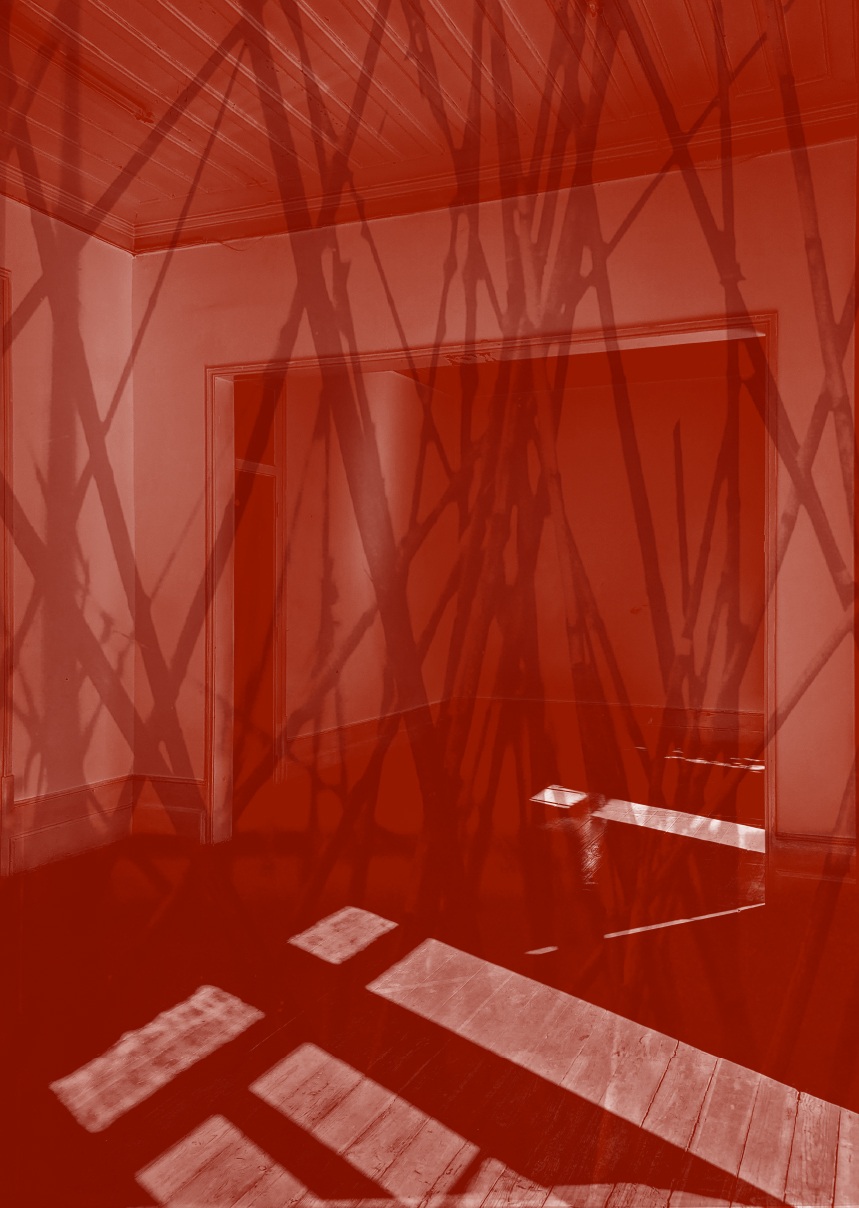Prova de Estado
José Pedro Croft
2017
até
11
March 2017
Círculo Sereia

Registration open
4
February 2017
to
11
March 2017
Círculo Sereia
“I have before my eyes a series of what the engravers call “prova de estado [proof of state]”: the multiple tests to which the artist submits the copper plate, the multiple tests to which the pressure of the press roll subjects the paper soaked in ink. And again a question comes to me: what is the reason for the multiplicity of actions? This is due to the dissatisfaction of the artist who, over and over again, as in the old texts, says to himself: “it's not this, it's not this” and, in the long hours of the studio, begins all over again. What is the relationship between the two questions: margin and space of freedom, on the one hand, and “proof of state”, on the other? Can there be a work of art that escapes “state proof”? What is this proof of? Of something that is intended to be definitive? Perhaps a pretense, or to reach a conclusion or perfection of the action on the things of the world? It doesn't seem to me that the artist, like the philosopher and also the poet, can aspire to anything more than the essay: the state test. His whole life is a patient reading of the gestures of creation, based on the movement of the heavens, the movements of nature and the states in which it leaves and abandons its beings; a careful look at the mysterious animals that, with their restless back-and-forth, bring us even closer to the field of interpretation; and the artist's life is also an elaborate combination of the gestures, looks, and states of joy, compassion, pain and indifference that we humans sketch on a daily basis.
Yes, a state test that tests the state of creation, that takes the pulse of life as a single movement, as a faithful dynamic of becoming, in which what happens is nothing different from the same event. (...)
It seems to me that Croft's work with his state tests is a very unique testimony to the refusal to give up creation for good. But it seems that, in its state of continuous proof, it is hopefully situated in a creation in constant evolution, in making the work become: shaping curves never seen before, wrinkling the textures as a protest against reasons that are neither clear nor distinct, incising in copper like a miner that descends to ever deeper levels of the earth, that is, making the sacred conversation of the creative word continuous in its ever necessary updating.”
Amador Vega
Excerpt from the essay “José Pedro Croft: Prova de Estado”
Automatic translation
Artists
Curatorship
Exhibition Views
© Jorge das Neves
Video
Location and schedule
Location
Localização
Exhibition room sheet
Acknowledgements
António Gonçalves Amador Vega Câmara Municipal de Vila Nova de Famalicão Documenta Galeria Ala da Frente Manuel Rosa
Notícias Associadas
More information
Technical sheet
Open technical sheet
Organization
Círculo de Artes Plásticas de Coimbra
Production
Pedro Sá Valentim
Production assistance
Jorge das Neves
Ivone Antunes
Karen Bruder
Assembly
Jorge das Neves
Photography
Jorge das Neves
Text
Amador Vega
Secretarial
Ivone Antunes
Archive and Library
Cláudia Paiva
Graphic Design
Joana Monteiro
Educational project
Jorge das Neves
Pedro Sá Valentim
Valdemar Santos
Courtesies
Galeria Vera Cortês






















